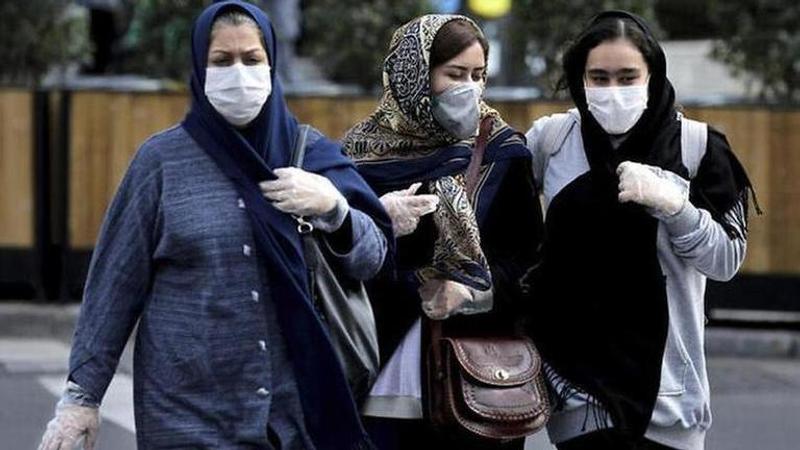Published 16:45 IST, May 6th 2020
Afghanistan could have one of highest coronavirus infection rates in world: Global body
The total number of confirmed cases in Afghanistan show that the country could have one of the highest COVID-19 infection rates in the world.

The total number of confirmed cases in Afghanistan show that the country could have one of the highest COVID-19 infection rates in the world, a global organisation has warned. The International Organisation for Migration (IOM) has reportedly speculated that, in the absence of urgent actions, nearly 80 per cent of the nation could be infected. Afghanistan has till now reported 3,224 positive cases and 95 fatalities.
"Furthermore in recent days, results of a randomised sample of 500 persons in Kabul, a city of between five and seven million people, showed an alarming infection rate of 50 per cent," IMO said in a statement on May 5.
Constant quest for work
According to reports, the Asian nation is currently struggling to absorb nearly 2,71,000 people who had returned from Iran and Pakistan since January. Owing to the socio-economic condition of the Afghan society, families cannot survive without constant to and fro from Iran and other neighbouring countries for work. Meanwhile, extending conflicts in an area due to increased attacks from the Taliban and the US have worsened the situation.
The organisation asserted that authorities have a lack of access to non-government controlled areas which points out to the fact that there has not been COVID-19 testing in as much as 30 per cent of the nation. Adding to that, Afghanistan also has an extremely limited infrastructure to treat severe cases . According to reports, life expectancy in the country is only 50 years, for both genders, with a majority of the population born with existing conditions like TB, HIV Iaids, Cancer etc. additionally, environmental pollution ads to the risk.
Social Distancing
The agency also noted that it was nearly impossible to adhere to social distancing norms in Afghanistan owing to poverty. According to reports, the average size of a family was seven people and most people lived in small confine, one-room homes without any ventilation. In rural areas, there is a major Lck of awareness A recent community perception survey carried out by a grouping of NGOs showed 60 per cent of residents were uninformed about COVID-19.
Despite these seemingly insurmountable challenges, IOM is reportedly very active in battling COVID-19 pandemic in the region. The organisation is working in close partnership with the Ministry of Public Health and the WHO with over 100 health staff deployed to border level surveillance, health facility-based interventions and mobile health teams.
Updated 16:46 IST, May 6th 2020




